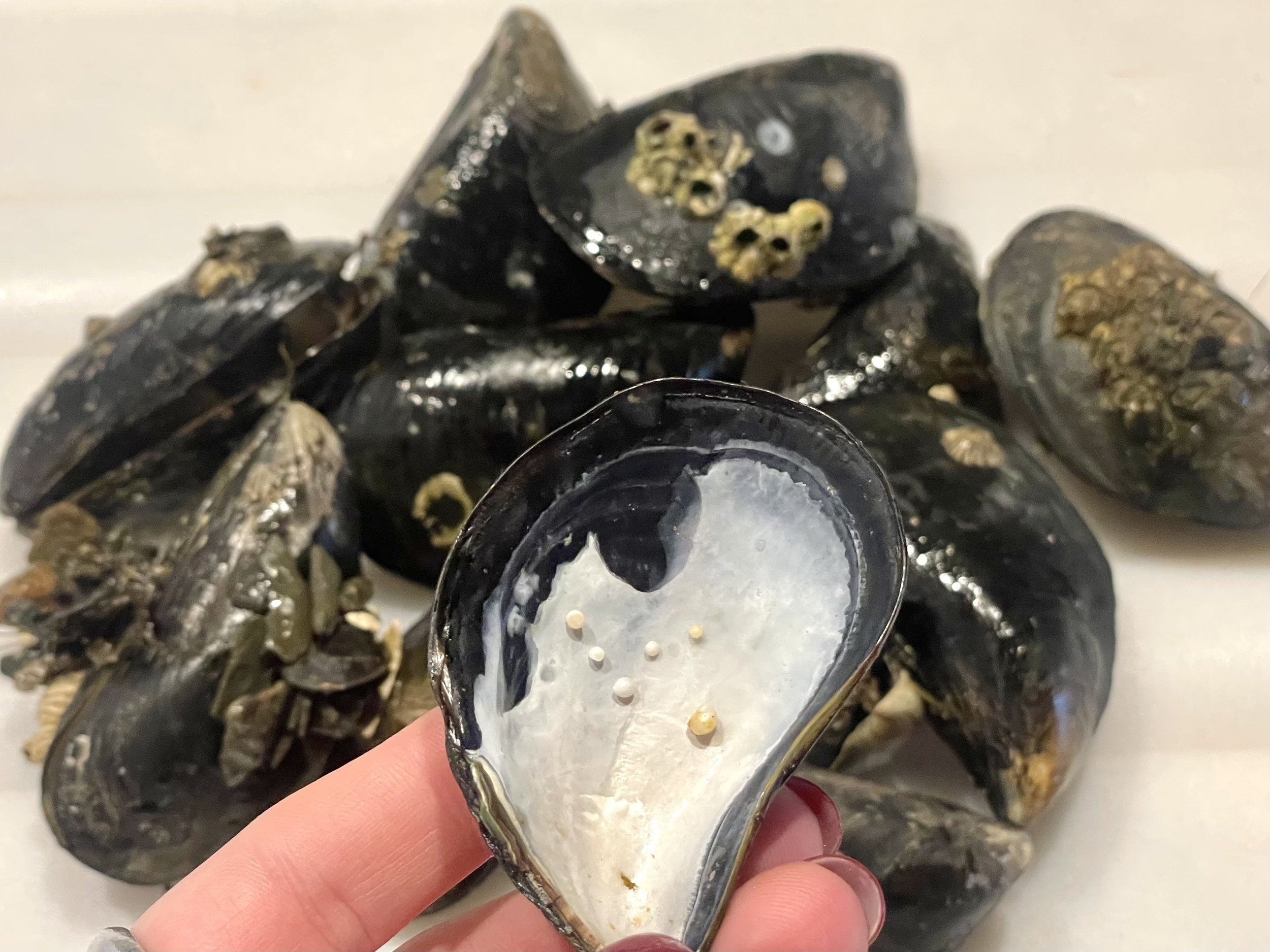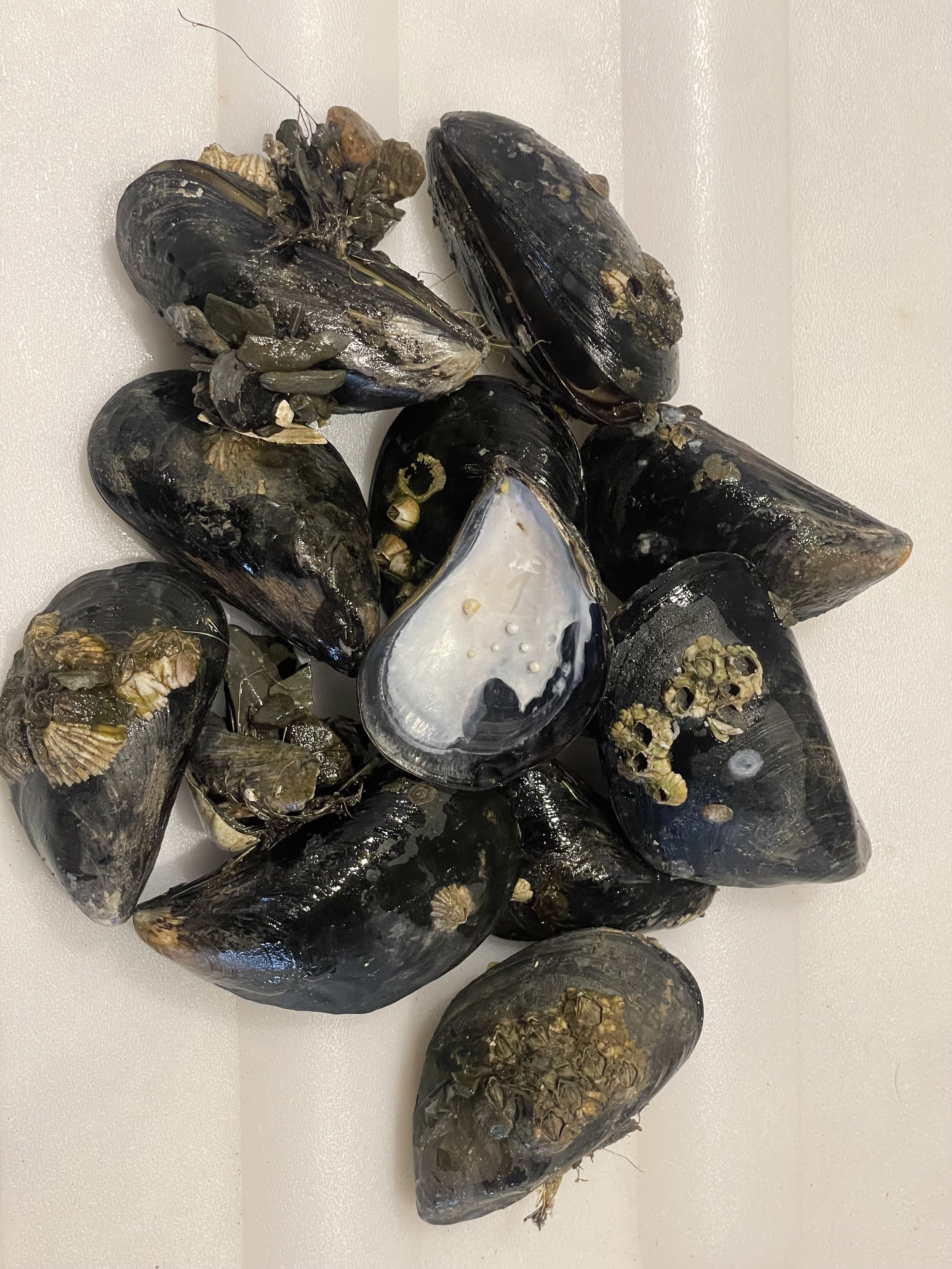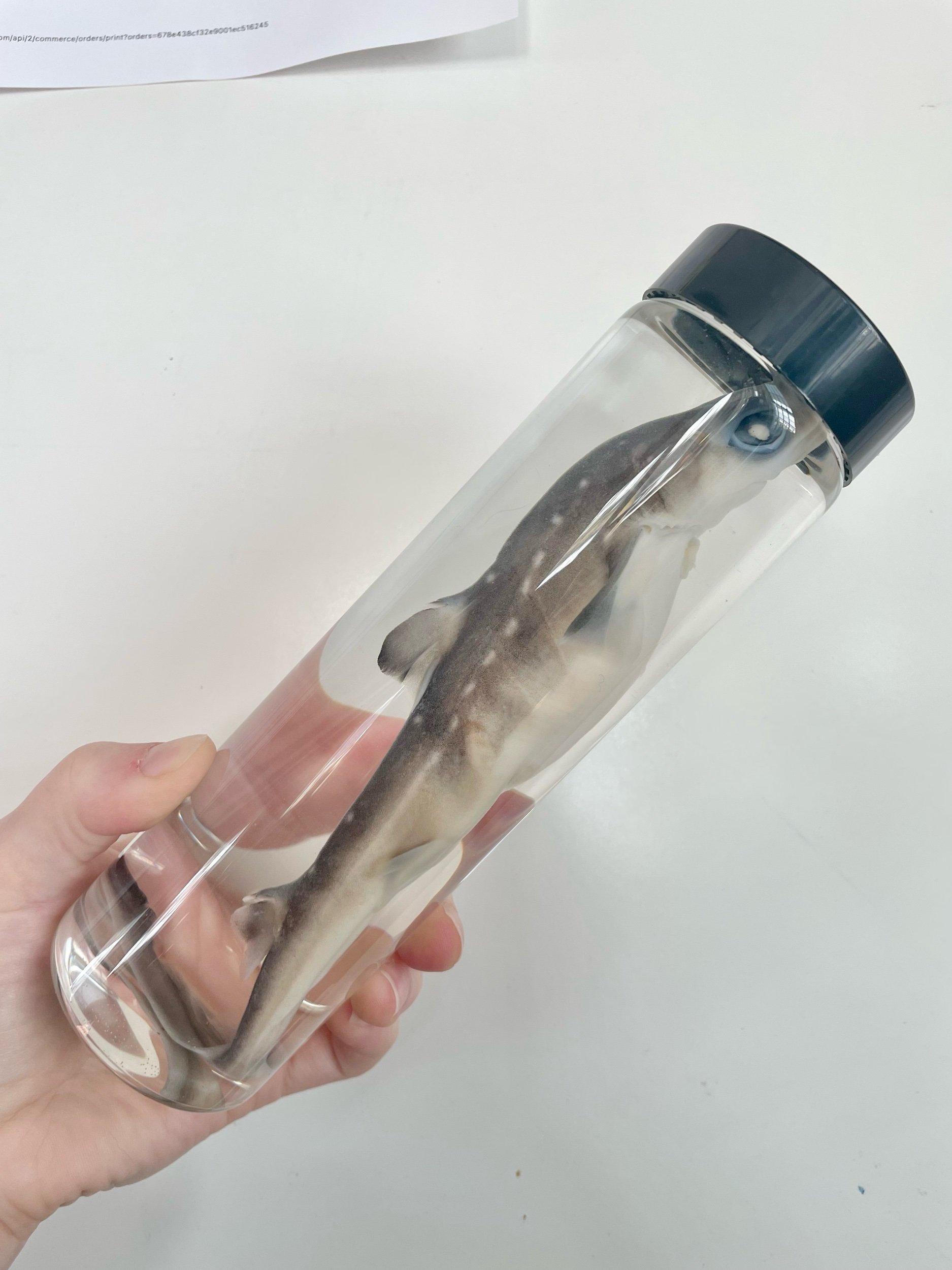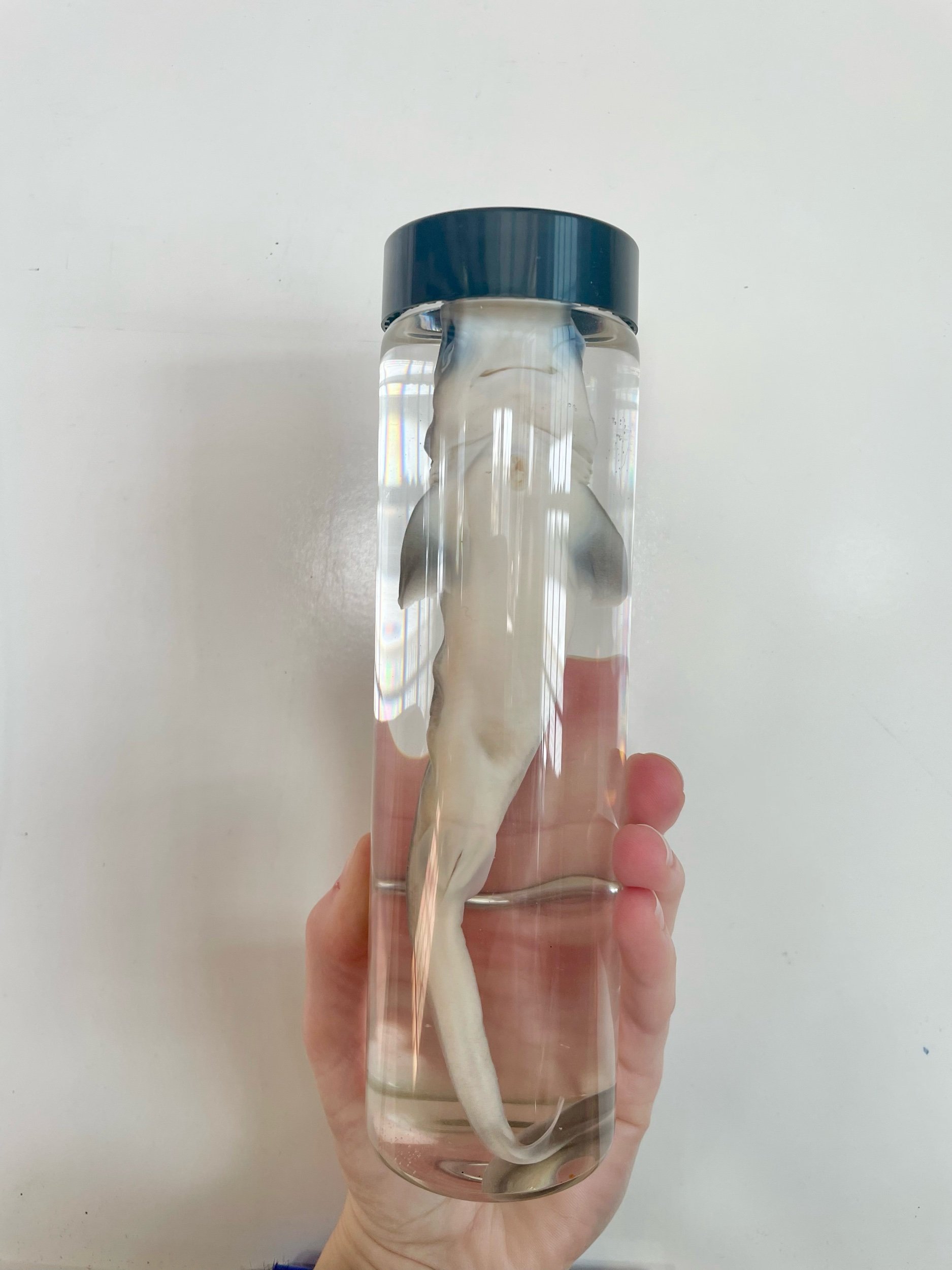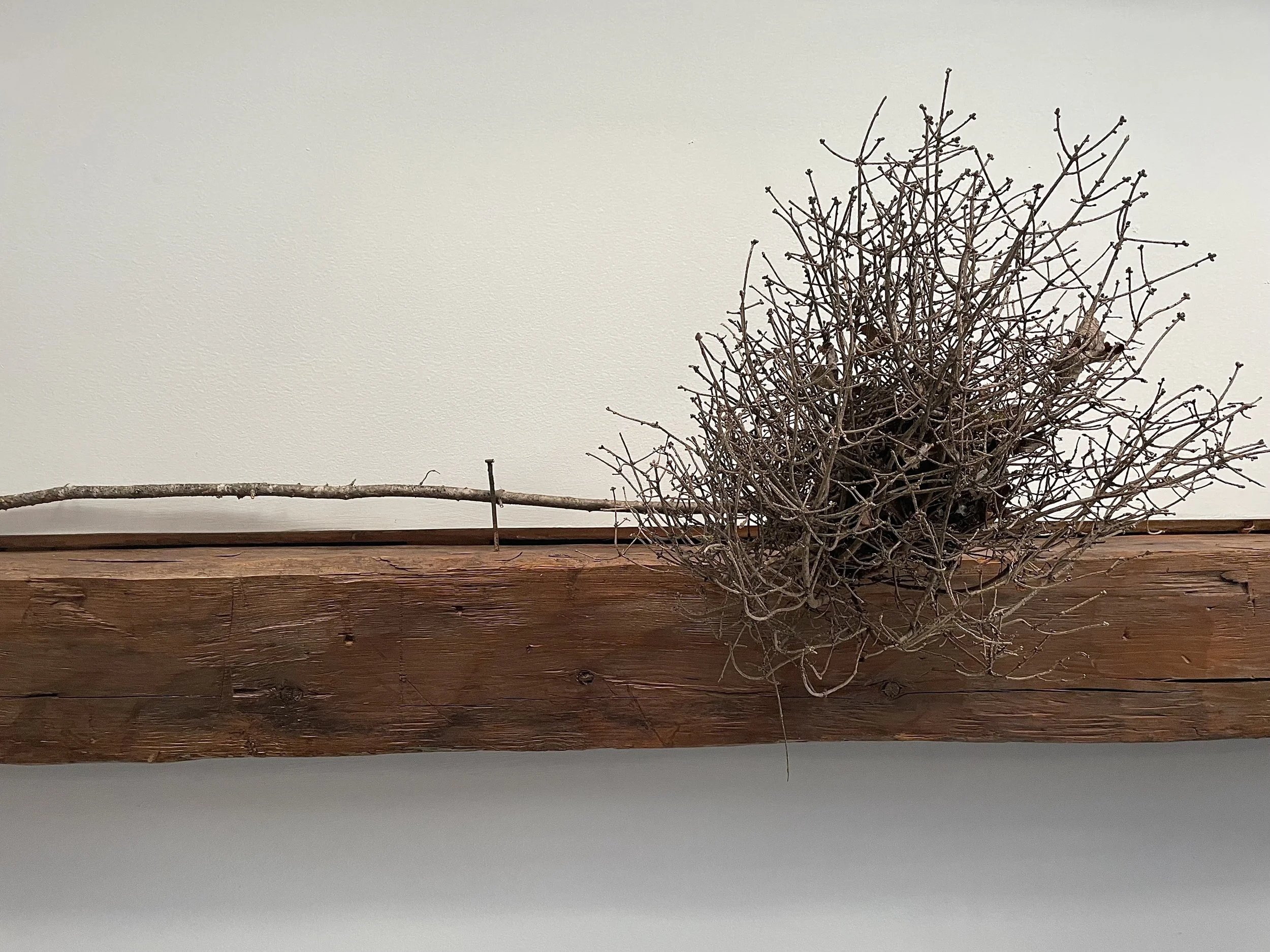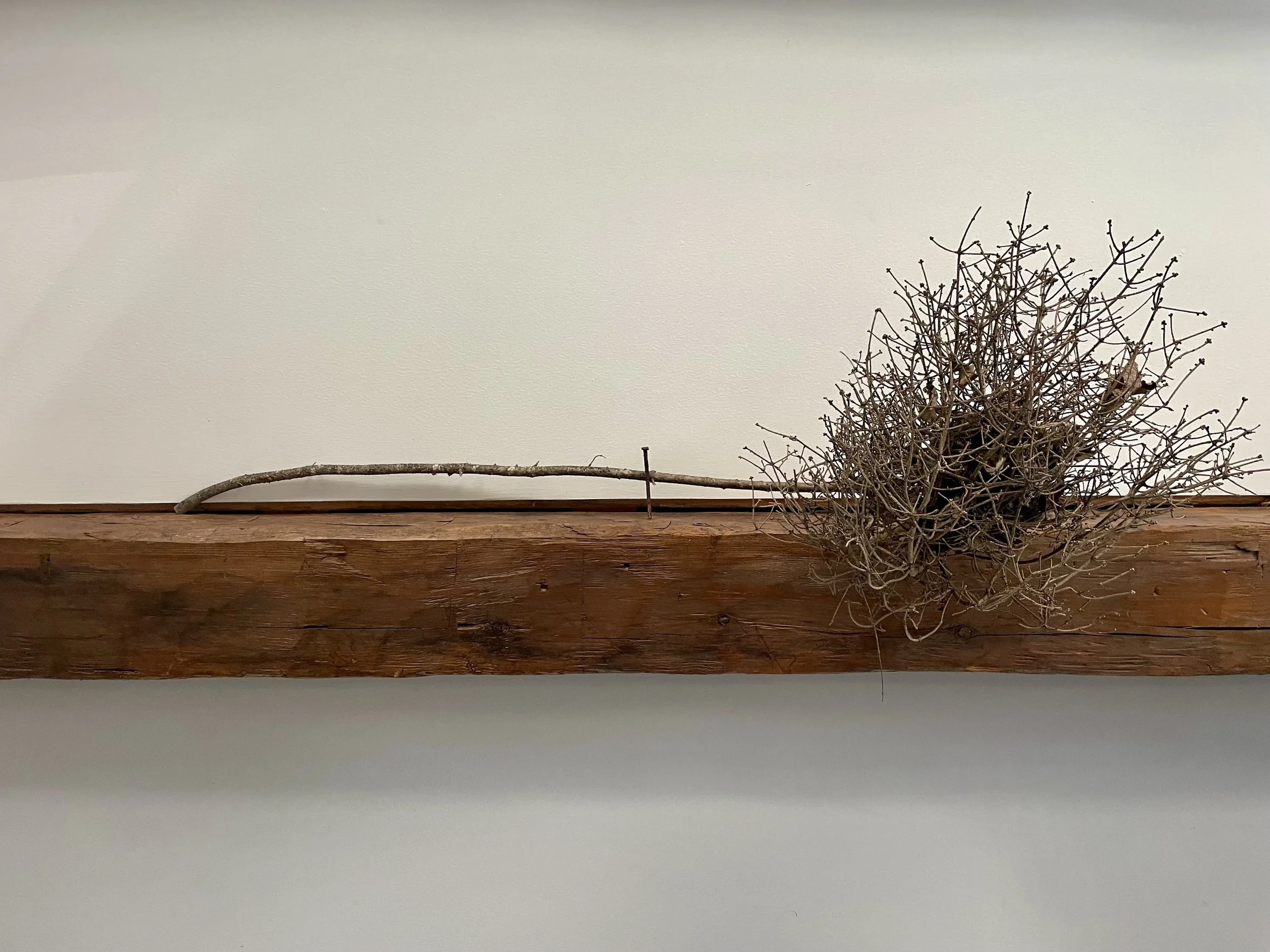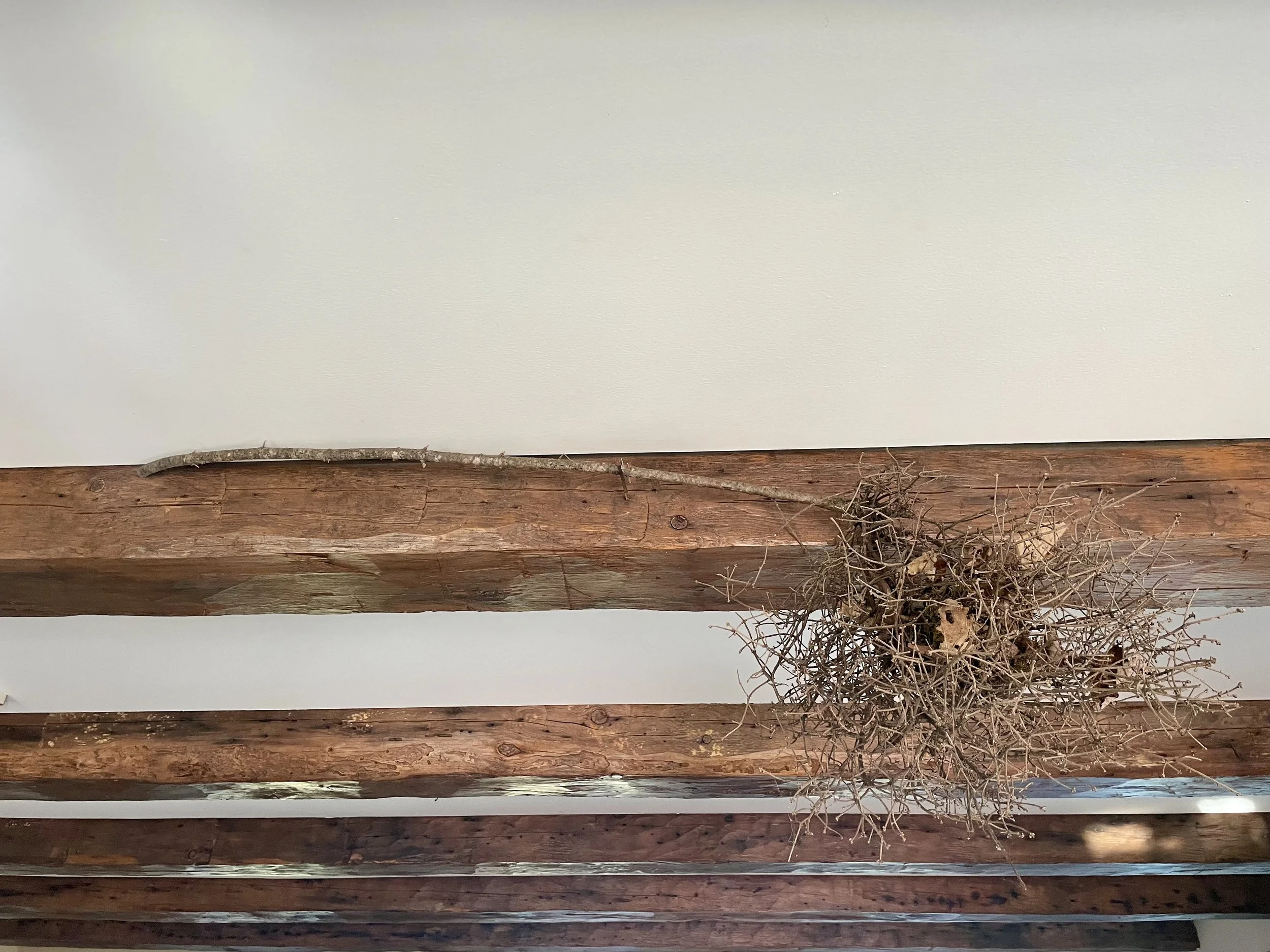 Image 1 of 5
Image 1 of 5

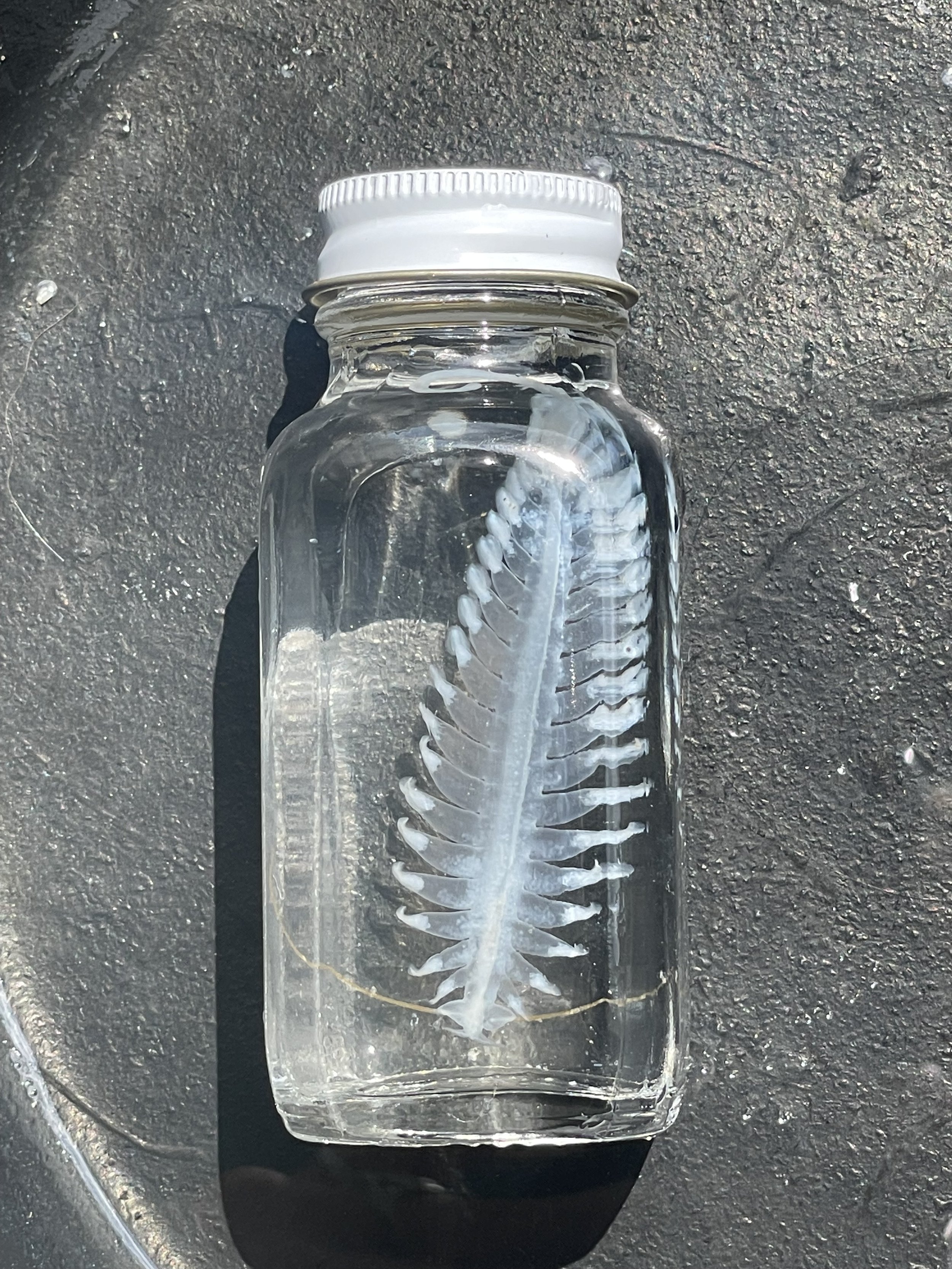 Image 2 of 5
Image 2 of 5

 Image 3 of 5
Image 3 of 5

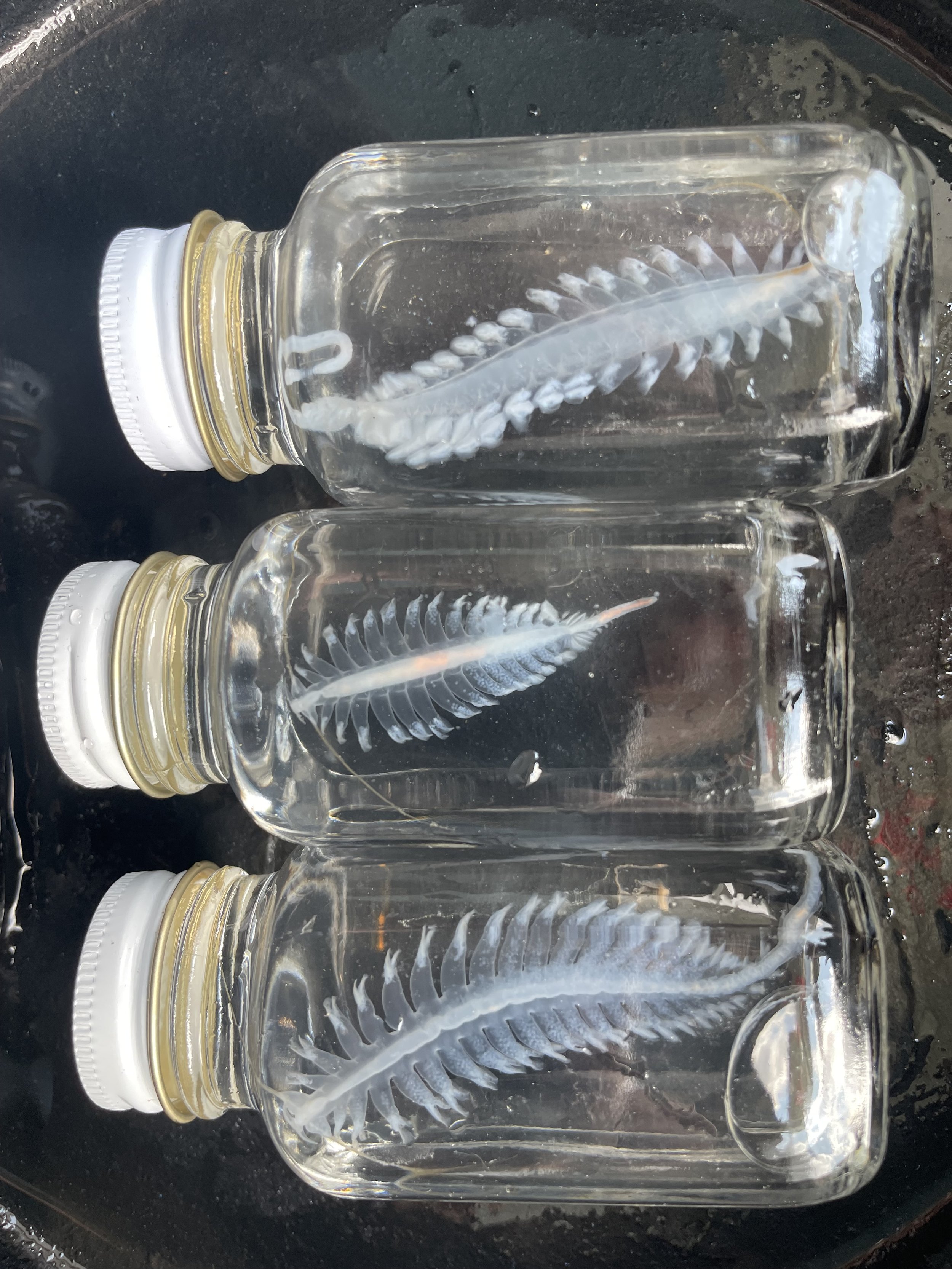 Image 4 of 5
Image 4 of 5

 Image 5 of 5
Image 5 of 5






Plankton Worm (Tomopteris helgolandica)—Preserved— Wet Specimen
Plankton Worm (Tomopteris helgolandica) — Preserved in Glass Jar
The Plankton Worm (Tomopteris helgolandica) is one of the ocean’s most captivating drifters—an elegant, transparent predator that glides freely through the open sea. Unlike benthic worms, Tomopteris spends its life suspended in the water column, moving in graceful pulses powered by its paddle-like appendages.
Most specimens are collected during nighttime plankton tows in the Gulf of Maine, when these ghostly swimmers rise toward the surface. Under the right light, they appear nearly invisible except for flashes of yellow or orange pigment within the gut and reproductive glands. Some species even produce bioluminescent flashes when disturbed, illuminating the dark water with blue-green light.
Though fragile in captivity, preserved Tomopteris specimens offer a rare glimpse into the mesmerizing world of pelagic life. Each jar reveals an animal that embodies both the beauty and the ferocity of the open ocean—delicate in form, yet equipped with jaws capable of seizing copepods, fish larvae, and even other worms.
This preserved specimen is ideal for marine biology study, plankton displays, or educational collections, showcasing one of nature’s most stunning examples of oceanic transparency and bioluminescence.
Common name: Plankton worm
Scientific name: Tomopteris helgolandica
Locations: Collected at night in the upper water column
Seasonality: Available rarely
Colors: Transparent body with yellow or orange internal pigment
Size: 1” – 2”
Collected: By hand or plankton net during nighttime tows
Quantity: One preserved specimen in a glass jar
Note: Each specimen is naturally unique. Variations in size, position, and coloration will occur.
Plankton Worm (Tomopteris helgolandica) — Preserved in Glass Jar
The Plankton Worm (Tomopteris helgolandica) is one of the ocean’s most captivating drifters—an elegant, transparent predator that glides freely through the open sea. Unlike benthic worms, Tomopteris spends its life suspended in the water column, moving in graceful pulses powered by its paddle-like appendages.
Most specimens are collected during nighttime plankton tows in the Gulf of Maine, when these ghostly swimmers rise toward the surface. Under the right light, they appear nearly invisible except for flashes of yellow or orange pigment within the gut and reproductive glands. Some species even produce bioluminescent flashes when disturbed, illuminating the dark water with blue-green light.
Though fragile in captivity, preserved Tomopteris specimens offer a rare glimpse into the mesmerizing world of pelagic life. Each jar reveals an animal that embodies both the beauty and the ferocity of the open ocean—delicate in form, yet equipped with jaws capable of seizing copepods, fish larvae, and even other worms.
This preserved specimen is ideal for marine biology study, plankton displays, or educational collections, showcasing one of nature’s most stunning examples of oceanic transparency and bioluminescence.
Common name: Plankton worm
Scientific name: Tomopteris helgolandica
Locations: Collected at night in the upper water column
Seasonality: Available rarely
Colors: Transparent body with yellow or orange internal pigment
Size: 1” – 2”
Collected: By hand or plankton net during nighttime tows
Quantity: One preserved specimen in a glass jar
Note: Each specimen is naturally unique. Variations in size, position, and coloration will occur.







